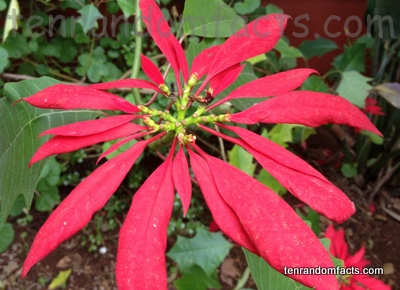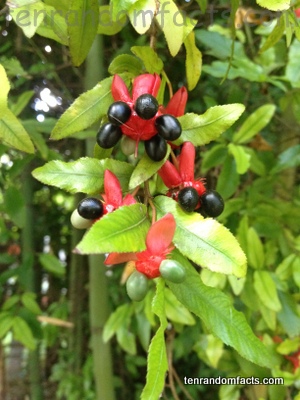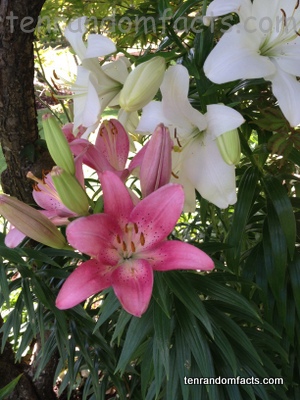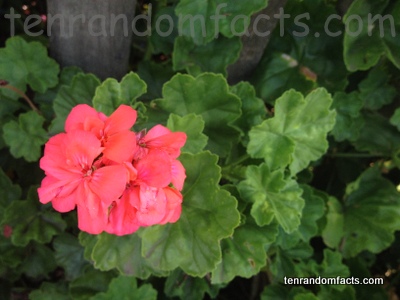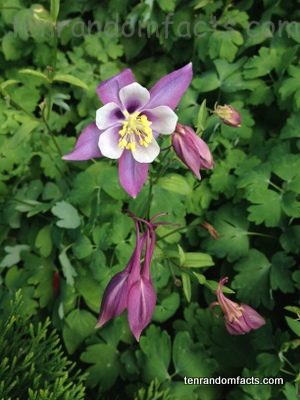
Plant the bamboo… and watch it grow before your eyes!
- Bamboo are generally very tall, strong, woody, flowering grass plants that are hollow and cylindrical, and those that are particularly sturdy are used as materials in construction and weapons, as well as many other items.
- There are 1450 species of bamboo, and they come from the family Poaceae, the family of grass, and they fall into two categories, ‘clumping bamboo’ and ‘running bamboo’, which describes the growth pattern of the roots and rhizomes.
- One species of bamboo grows up to 91 cm (3 feet) in one day, which is the fastest of all plants in the world.
- Most continents have native species of bamboo, however there are none native to Europe and Antarctica.
- Bamboo can grow up to 30 metres (98 feet) in height, or more, although common species generally grow a lot less, and can have a diameter of up to 15 to 20 centimetres (6 to 8 inches).
- Bamboo from tropical regions generally can not stand extreme cold, and some other species can survive up to -29°C (-20°F).
- Bamboo plants are evergreen and may only flower every 30 to 130 years, sometimes with all the same stock plants of a species flowering at the same time throughout the world, and then dying after flowering.
- Bamboo shoots, although they contain a poison, cyanide, that can negatively affect the digestive system, can be eaten if the shoots are prepared properly, usually by boiling them, and are generally eaten boiled, pickled or fermented .
- In China bamboo is an important symbolic plant, symbolising moral principles, among others, and it represents friendship in India.
- Bamboo is used in a similar way to wood, and different species are used for building materials, kitchen utensils, fabric and paper, and are also the food source of a number of animals, including the well known Chinese giant panda.
Bibliography:
Bamboo, 2013, Wikipedia, http://en.wikipedia.org/wiki/Bamboo
The History of Bamboo, 2011, BambooKi, http://www.bambooki.com/blog/the-history-of-bamboo/





